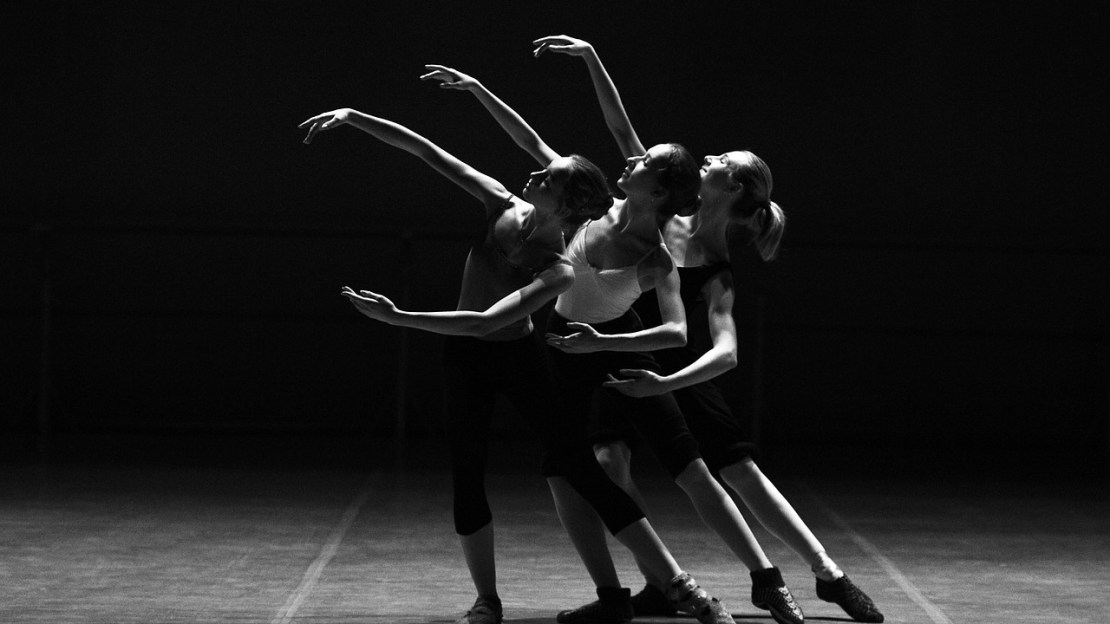John Tolley, February 6, 2018
?Movement never lies. It is a barometer telling the state of the soul's weather to all who can read it.?
? Martha Graham
For the late, great choreographer, the energy and passion a dancer presented on stage was every bit as important as nailing the specifics of a particular piece. Graham was fascinated by the act of translating one?s spirit into artistic motions capable of conveying essence and emotion.
How that happens, though, has long been a mystery locked inside the minds of dancers.
In 2014, a researcher from the University of Maryland set about exploring the brain-body connection using cutting-edge wireless technology in an effort to understand what our minds do when we move.
An article in Terp Magazine outlines how Associate Professor Karen Bradley of the UMD School of Theatre, Dance and Performance Studies and her colleague neuroscientist Jose Contreras-Vidal, formerly an associate professor of kinesiology at Maryland, now working at the University of Houston, tracked dancers through a variety of activities.
The study examined five experienced dancers who were asked to perform three activities: moving without a specific intention; thinking about dancing in a way that would convey a specific quality, such as lightness, or strength; and actually dancing in a way that would convey the particular quality. Bradley and Contreras-Vidal recorded the dancers? brain activity during these three states, and found it was different in each case.
Usually, brain-mapping requires subjects to lie motionless in a large MRI machine, a scenario less than conducive to the study of how physical activities relate to cognitive functioning. But Bradley and Contreras-Vidal made use of a new, light-weight type of sensor array that fits neatly over the scalp and allowed their subjects to dance freely.
For more on Bradley and Contreras-Vidal?s findings and the implications they could have on the larger study of how the brain processes and activates movement, read the full Terp Magazine article here.







